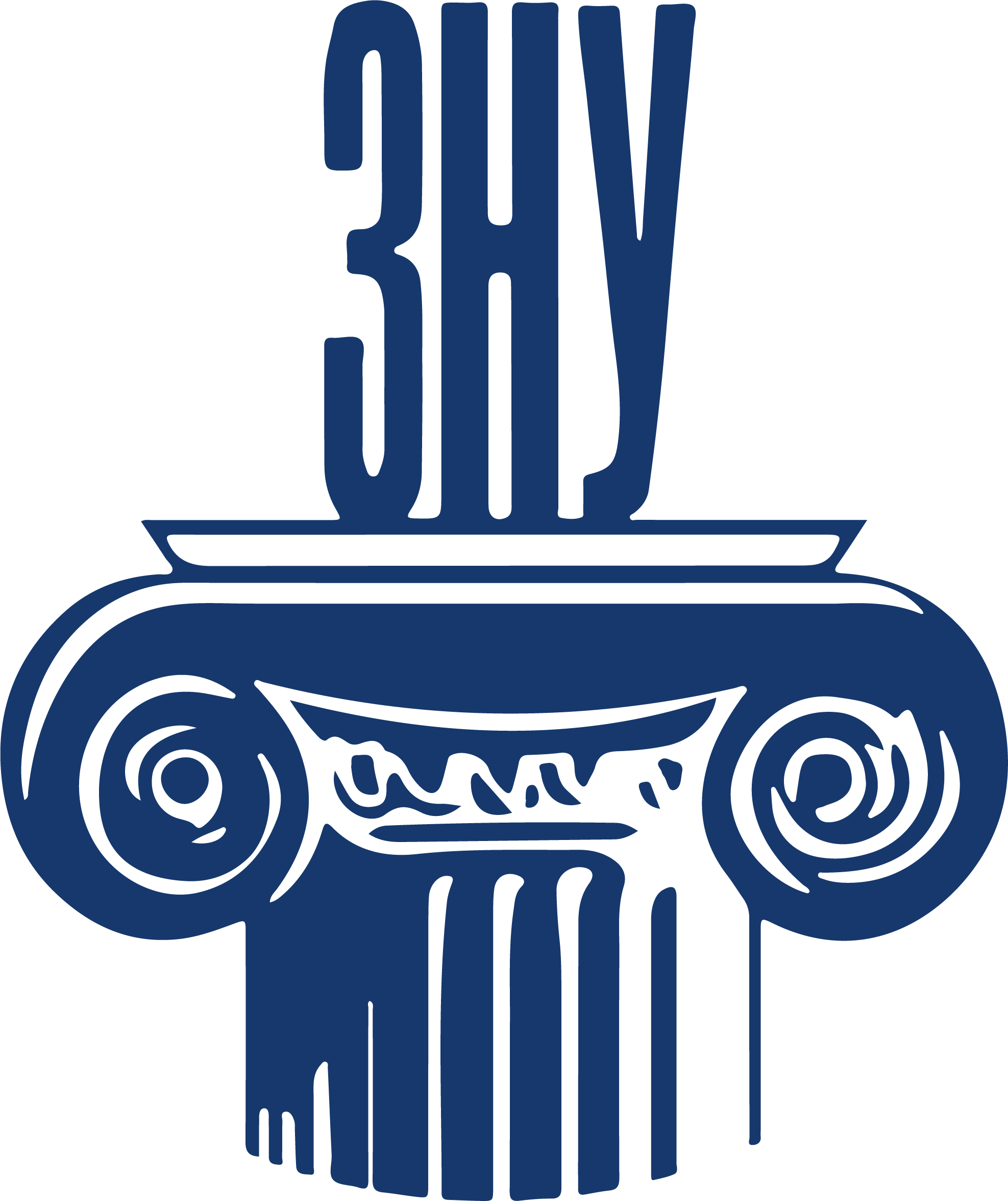SCIENCES VS HUMANITIES: USE OF NATURAL SCIENCE TERMINOLOGY IN CONTEMPORARY LITERATURE STUDIES
Abstract
Interdisciplinary nature of postmodernism is one of its basic principles, lying at the very core of its paradigm: collage and deconstruction, which are equally characteristic of postmodern philosophy and art in all its manifestations, involve the destruction of established forms and methods of the world in general and postmodernism in it, in particular. Following the opinion of J. Deleuze, a French philosopher, whose theory of nomadism is, without a doubt, the author’s version of postmodernism, we can assert: postmodern thought, reconstructing reality, time and space, the principles of world structure and the principles of narration, at the same time insists on the need for “its own deconstruction” (J. Deleuze). In other words, it a priori requires the researcher to maximally diversify the tools with which this deconstruction is to be carried out. Therefore, it is not surprising that numerous postmodern studies increasingly involve terms and concepts from other fields of knowledge, including the so-called Sciences, for analysis. Some interdisciplinary terms (“nebular”, “diffusion”, “rhizome”, etc.) have become significant points in the aesthetics and philosophy of postmodernism, although their use in philology is still rare. In this article, the author attempts to popularize the concepts of osmosis and turgor precisely as terms of modern literary studies. These terms were originally proposed by her in the thesis paper “Erotic osmosis of postmodernism in the version of Yuriy Andruhovich” (2017), where they were used to analyse postmodern texts. In the author’s opinion, these terms helped to characterize the texts of Y. Andruhovych as a sphere where the manifestation of intertextuality and deconstruction takes place. At the same time, the use of the conceptual-categorical apparatus of other disciplines (in this case, natural sciences) on the one hand emphasizes the interdisciplinary nature of postmodern philosophy and literature, and on the other hand, provides an opportunity to transform the foundations of literary studies, thus turning them into an interdisciplinary postmodern phenomenon. After all, it is a common knowledge that postmodernism is both a direction of philosophical thought, an artistic trend, and a scientific paradigm capable of comprehending postmodern trends and generalizing achievements.
References
2. Гуменюк Т. Постмодернізм як транскультурний феномен. Естетичний аспект : автореф. дис. … докт. філ. наук : 09.00.08. Київ, 2002. 30 с.
3. Делёз Ж., Гваттари Ф. Трактат о номадологии / пер. и предисл. Валерия Мерлина. Новый круг. 1992. № 2. С. 183–187.
4. Деррида Ж. Вокруг Вавилонских башен (Destours de Babel) / пер. с франц. и коммент. В. Лапицкого. 2-е изд., испр. Санкт-Петербург : Machine, 2012. 118 с.
5. Деррида Ж. Письмо к японскому другу. Вопросы философии. 1992. № 4. С. 21–28.
6. Нич Р. Світ тексту: постструктуралізм і літературознавство / перекл. з польс. Олена Галета. Львів : Літопис, 2007. 316 с.
7. Опришко Н. Абеткове впорядкування постмодерністського тексту-лексикону як один із способів проявлення його осмотичної природи. I Таврійські філологічні читання : матеріали Міжнародної науково-практичної конференції, м. Херсон, 27–28 лютого 2015 р. Херсон : Видавничий дім «Гельветика», 2015. С. 18–21.
8. Теорія літератури в Польщі : Антологія текстів. Друга половина ХХ – початок ХХІ ст. / упоряд. Б. Бакули; за заг. ред. В. Моренця; пер. з польськ. С. Яковенка. Київ : Вид. дім «Києво-Могилянська академія», 2008. 531 с.
9. Энциклопедический словарь Брокгауза и Ефрона. Киев : Студия «Ковчег», 2009.
1 электрон. опт. диск (DVD-ROM) : цветн. : 12 см. Системн. Требования : Pentium 500 Мгц или выше; 64 Мбайт RAM; видиоадаптер SVGA; DVD-ROM.
10. Deleuze G., Guattari F. A Thousand Plateaus. Capitalism and Schizophrenia. London; New York : Continuum, 2004. 632 p.
 ISSN
ISSN 


.png)



